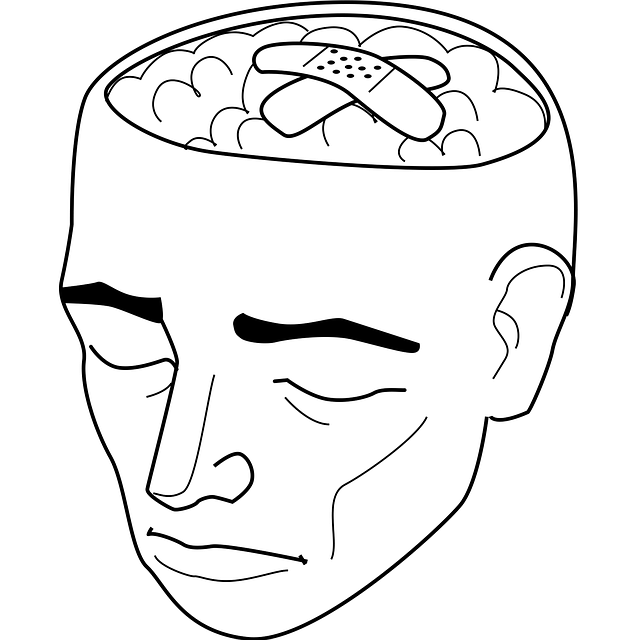Community outreach programs, focusing on tailored services like Superior French Speaking Therapy, enhance healthcare accessibility for underserved populations by directly engaging individuals in their cultural hubs. These programs address specific needs, such as stress management and resilience building, through culturally sensitive approaches and strategic partnerships with local leaders. Implementing innovative formats, like podcast series, and evaluating KPIs ensure continuous improvement and foster positive change within the community.
Community outreach programs, such as Superior French Speaking Therapy initiatives, play a vital role in enhancing accessibility to quality language learning. This article guides you through the process of implementing effective outreach strategies, from understanding the community’s needs to measuring impact. We explore key aspects like designing tailored therapy programs and employing successful implementation strategies. By following these steps, communities can ensure sustainable growth in language proficiency, fostering inclusion and cultural exchange.
- Understanding Community Outreach: Why and What It Entails
- Designing Effective Superior French Speaking Therapy Programs
- Implementing the Program: Strategies for Success
- Measuring Impact and Continuous Improvement
Understanding Community Outreach: Why and What It Entails

Community outreach programs play a pivotal role in bridging the gap between healthcare services and underserved populations. Understanding community outreach involves recognizing its essence as a strategic initiative aimed at improving access to care, promoting wellness, and fostering resilience within diverse communities. This proactive approach transcends traditional healthcare delivery models by engaging directly with individuals where they are—in their neighborhoods, workplaces, or cultural hubs.
The heart of successful community outreach lies in tailoring interventions to address specific needs. For instance, the implementation of superior French-speaking therapy services can significantly benefit Francophone communities struggling with mental health issues like depression prevention and burnout prevention strategies for healthcare providers. By integrating inner strength development programs into these initiatives, individuals gain tools not only to cope but also to thrive, creating a ripple effect of positive change within their networks.
Designing Effective Superior French Speaking Therapy Programs

Designing Effective Superior French Speaking Therapy Programs requires a nuanced approach that caters to the unique linguistic and cultural backgrounds of participants. The first step is to assess the specific needs of the community, understanding the prevalent challenges in communication and emotional well-being. This involves engaging with local leaders and residents to gather insights on pressing issues such as stress management, resilience building, and emotional regulation within the French-speaking population.
Once these needs are identified, program designers can create tailored interventions that incorporate language-specific techniques. For instance, group therapy sessions in French can foster a sense of community while addressing common mental health concerns. Incorporating cultural elements into therapeutic practices ensures that participants feel seen and heard, enhancing their willingness to engage actively in stress management strategies and emotional regulation techniques.
Implementing the Program: Strategies for Success

Implementing a community outreach program requires careful planning and strategic execution to ensure its success. One key aspect is to engage with the community on their terms, understanding local needs and cultural nuances. This involves building strong relationships with community leaders, organizations, and individuals who can act as advocates for your initiative. Tailoring your approach to resonate with diverse populations, including incorporating Superior French Speaking Therapy sessions, can significantly enhance accessibility and participation rates.
Leveraging existing resources and partnerships is another effective strategy. Collaborating with local schools, healthcare providers, and mental wellness organizations can amplify your reach and credibility. Additionally, integrating innovative formats like the Mental Wellness Podcast Series Production or developing interactive Burnout Prevention Strategies for Healthcare Providers and Mental Wellness Coaching Programs Development can make your program more engaging and impactful. By combining these approaches, you can create a holistic and sustainable community outreach program that promotes mental wellness and fosters lasting positive change.
Measuring Impact and Continuous Improvement

Evaluating the success and impact of community outreach programs is a crucial step in ensuring their long-term effectiveness. By implementing robust measurement strategies, organizations can track key performance indicators (KPIs) to gauge progress. This includes assessing the reach and engagement of targeted communities, as well as the quality of services provided. For instance, in the context of Superior French Speaking Therapy, measuring the number of individuals accessing these services and their feedback on the therapy’s impact, can offer valuable insights into the program’s success.
Continuous improvement is fostered through regular analysis of collected data. This enables organizations to refine their programs, adapt to community needs, and enhance service delivery. For example, if Stress Management workshops are well-received but Trauma Support Services have low attendance, the organization can reallocate resources and focus on raising awareness for the latter. By incorporating Emotional Well-being Promotion Techniques into these improvements, outreach programs can better serve communities and contribute to a more resilient and healthy society.
Community outreach programs, particularly those focused on enhancing language skills like Superior French Speaking Therapy, can significantly impact local communities. By understanding the needs of the community, designing tailored programs, and implementing effective strategies, organizations can foster meaningful connections and improve lives. Continuous evaluation and adaptation ensure these initiatives remain relevant and impactful. This holistic approach not only benefits individuals but also enriches the cultural tapestry of the region, creating a more inclusive and vibrant society.














